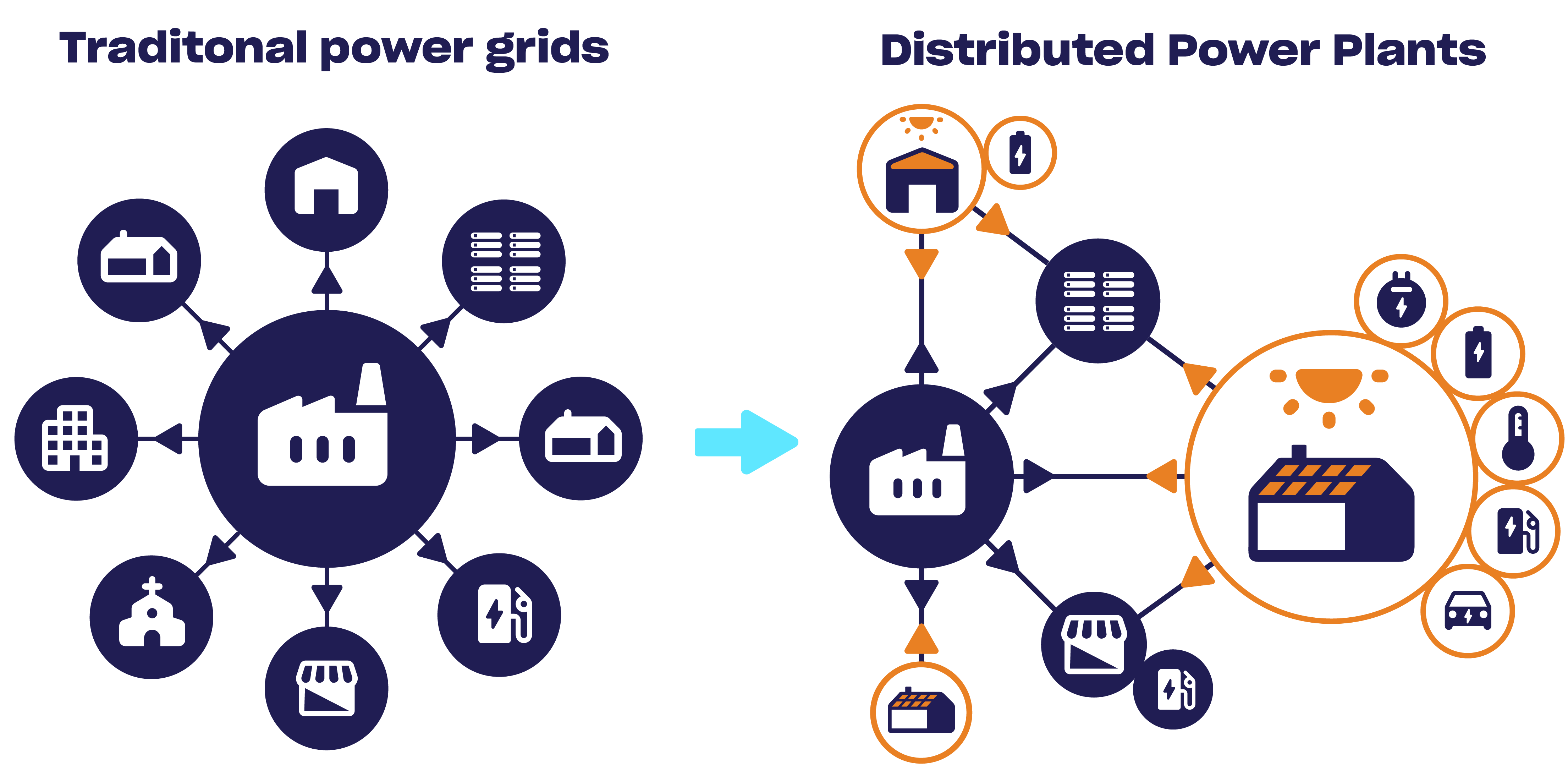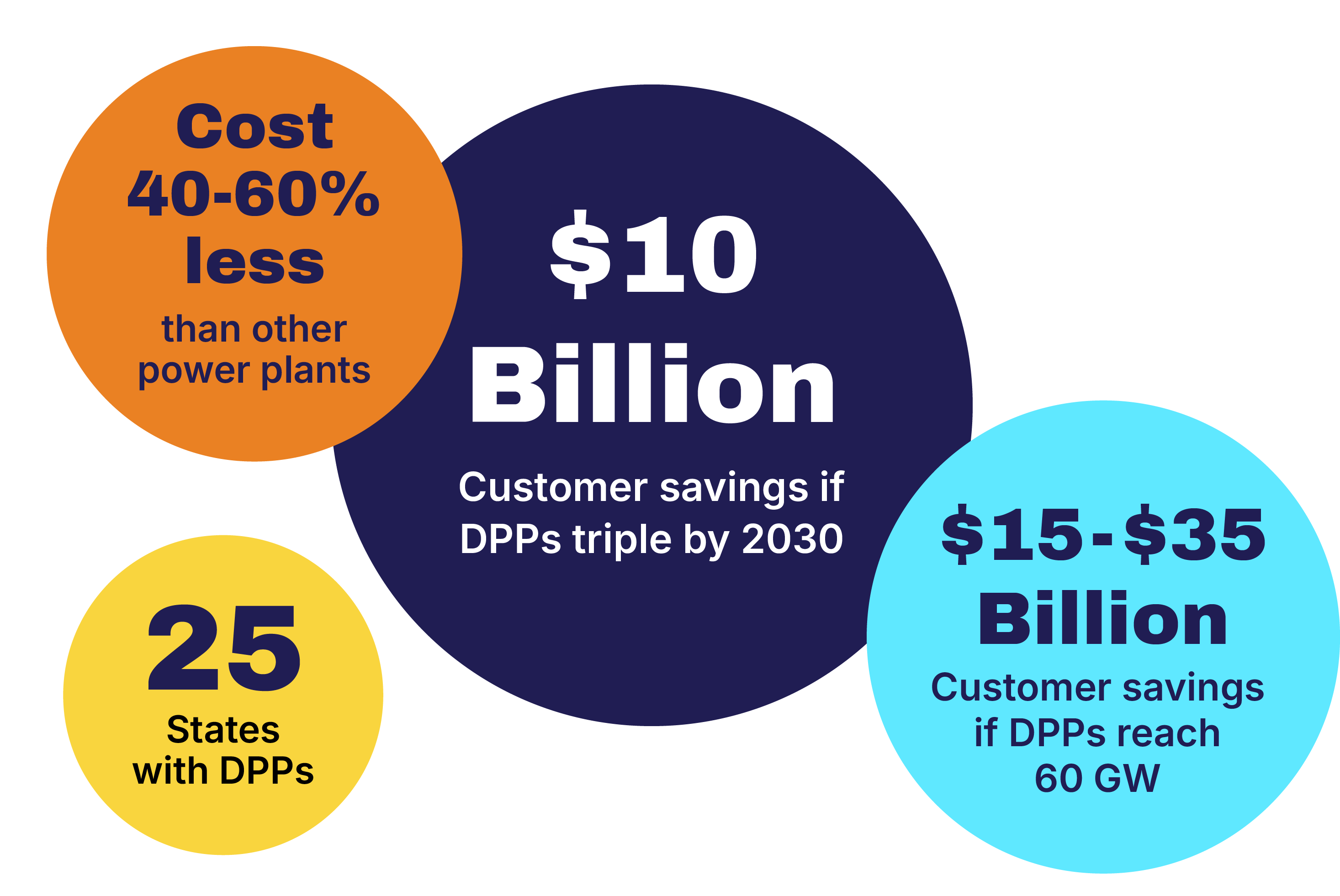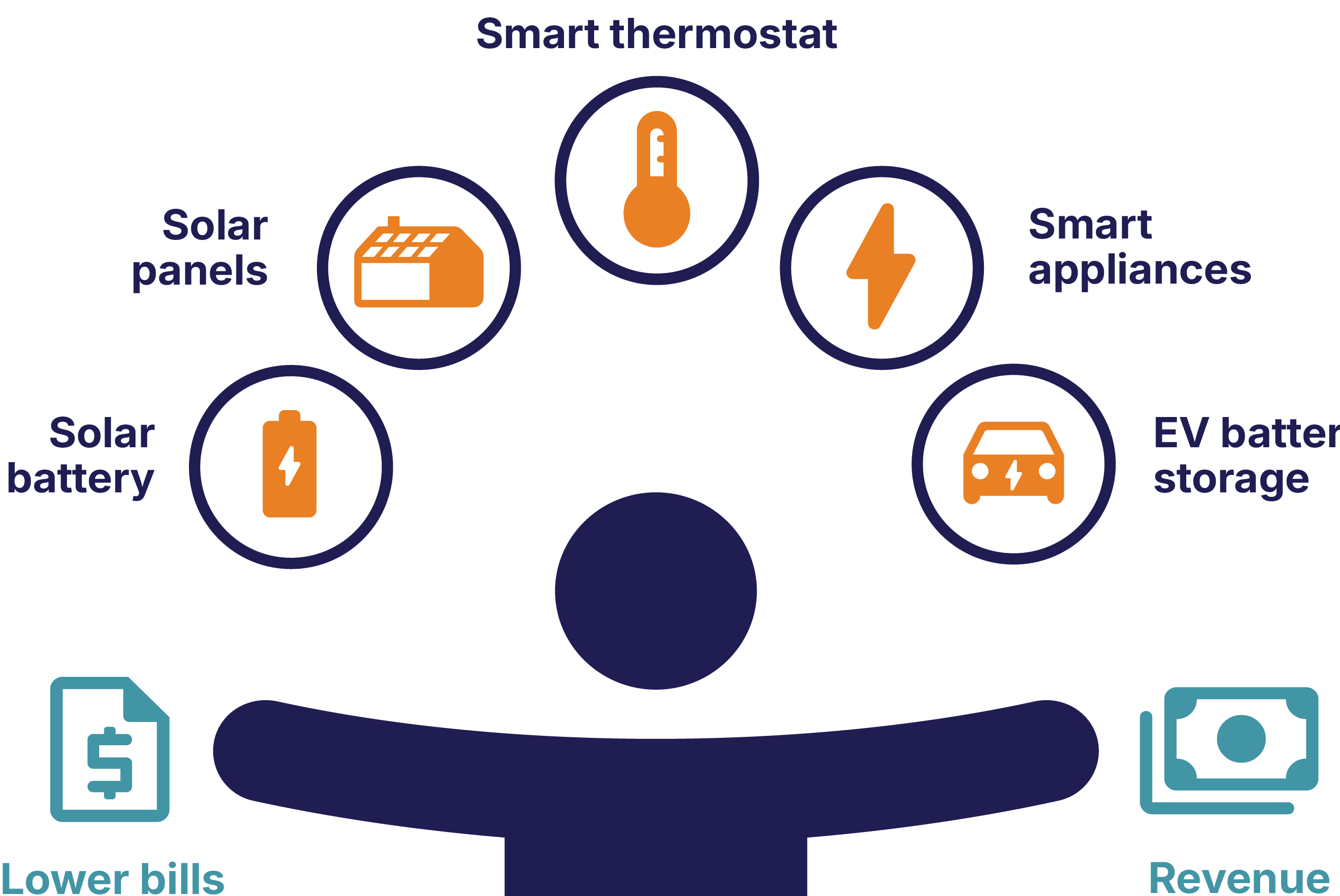Arizona
The Arizona Corporation Commission approved Arizona Public Service Co.’s (APS) Storage Rewards program in March 2025. The program compensates customers for providing battery storage to help the utility meet peak demand needs during hot summer months. Customers participating in the Storage Rewards Program will be compensated with an annual $110 per available Kilowatt. It is based on the seasonal average capacity of energy exported to the electric grid from their battery system. The utility would typically only use the additional generation when market rates would otherwise be much higher than the $110/kW rate. In other words, the program saves money for all customers.
California
The California Energy Commission (CEC) Demand Side Grid Support (DSGS) Program is part of California’s Strategic Reliability Reserve. It is a suite of programs to alleviate limited energy supplies on the grid caused by heatwaves and wildfires.
DSGS offers incentives to electric customers that can help balance energy demands and backup generation to support the state’s electrical grid during extreme events from May to October. This lowers the risk of rotating power outages. The DSGS Program is open to eligible DSGS providers and participants. It has four incentive structure options to choose from.
Customers of Pacific Gas & Electric, San Diego Gas & Electric, and Southern California Edison can also participate in the California Public Utility Commission’s Emergency Load Reduction Program. This program offers incentives to customers to use less electricity when demand for power is high. (See here for an evaluation of the state of grid services/demand response efforts in California.)
Colorado
Xcel Energy’s BatteryConnect Program provides incentives for customers who install energy storage systems, enabling the utility to tap into stored energy during peak hours,helping to stabilize the grid and reduce strain during high-demand periods.
Connecticut
Connecticut’s Energy Storage Solutions Program encourages residential and commercial customers to install energy storage systems by offering upfront incentives and performance-based payments for providing power to the grid during high-demand periods.
Massachusetts
National Grid’s Connected Solutions Program, which operates in Massachusetts and other New England states, compensates customers for allowing their home batteries to contribute stored energy to the grid during times of peak demand, helping to lower overall grid strain while also providing financial incentives to participants. Participants average around $1,500 in annual incentives for connecting their home batteries to the system.
Puerto Rico
LUMA’s Customer Battery Energy Sharing (CBES) program compensates customers for the energy they provide to reduce peak demand needs of the utility. The utility offers compensation of $1.25/kWh. A portion of this is shared with the third-party aggregator company that handles enrollment and payment for customers. The program recently expanded to include approximately 60,000 customers, making it one of the largest DPP programs in the country.
Rhode Island
National Grid’s Connected Solutions Program, available in Rhode Island and other New England states, compensates customers for allowing their home batteries to contribute stored energy to the grid during times of peak demand, helping to lower overall grid strain while also providing financial incentives to participants.
Texas
ERCOT launched a pilot project in October 2022 allowing Texas DER owners to join aggregation agreements and receive compensation for the energy and grid services they provide. This pilot was developed by a working group in less than a year, and it will likely be expanded beyond the current cap of 80 MW for future phases.
Renters in certain buildings in Houston, Texas can subscribe to the “Project TexFlex” solar-plus-storage DPP. This program uses SolarEdge batteries to provide low-cost clean energy and grid services during periods of peak demand. Onsite solar will send power to the grid in near real-time, and local utilities will have access to stored power during periods of high demand.
Subscribed customers reduce their energy costs by participating in demand response events through the programs, during which stored power is discharged to the grid. In addition, Tesla also has a demonstration project in ERCOT, using a fleet of Powerwalls to provide grid support. Other programs may be available depending on where you live in Texas.
Utah
Rocky Mountain Power’s WattSmart Battery Program offers incentives to homeowners who install batteries paired with solar power, allowing the utility to draw stored energy to support the grid during peak demand. Participants receive upfront payments and annual bill credits based on their battery’s power output.
Vermont
Green Mountain Power’s (GWP) “Bring Your Own Device” (BYOD) program offers customers up-front payments to offset the cost of purchasing their own battery storage system from any installer.
In 2020, state regulators converted GMP’s BYOD pilot into a permanent incentive program. It is available to five hundred customers per year with projects of up to 5 MW of capacity.
The BYOD program offers a per-kWh payment. Participants receive:
- $850 per kW for storage enrolled for a three-hour discharge
- $950 per kW for four-hour discharge
- Additional $100 per kW for storage deployed in areas of high congestion.



